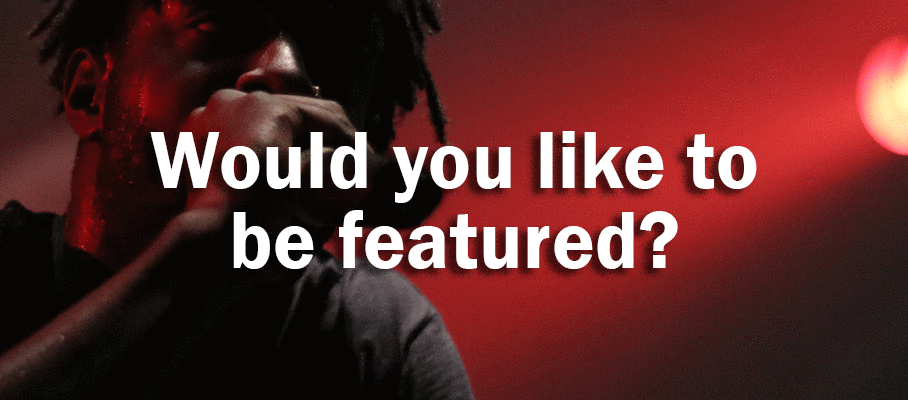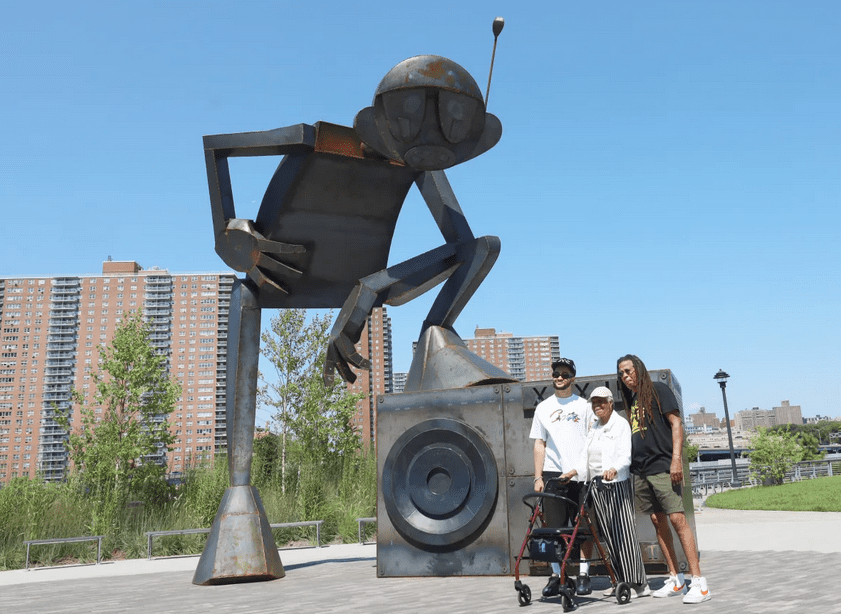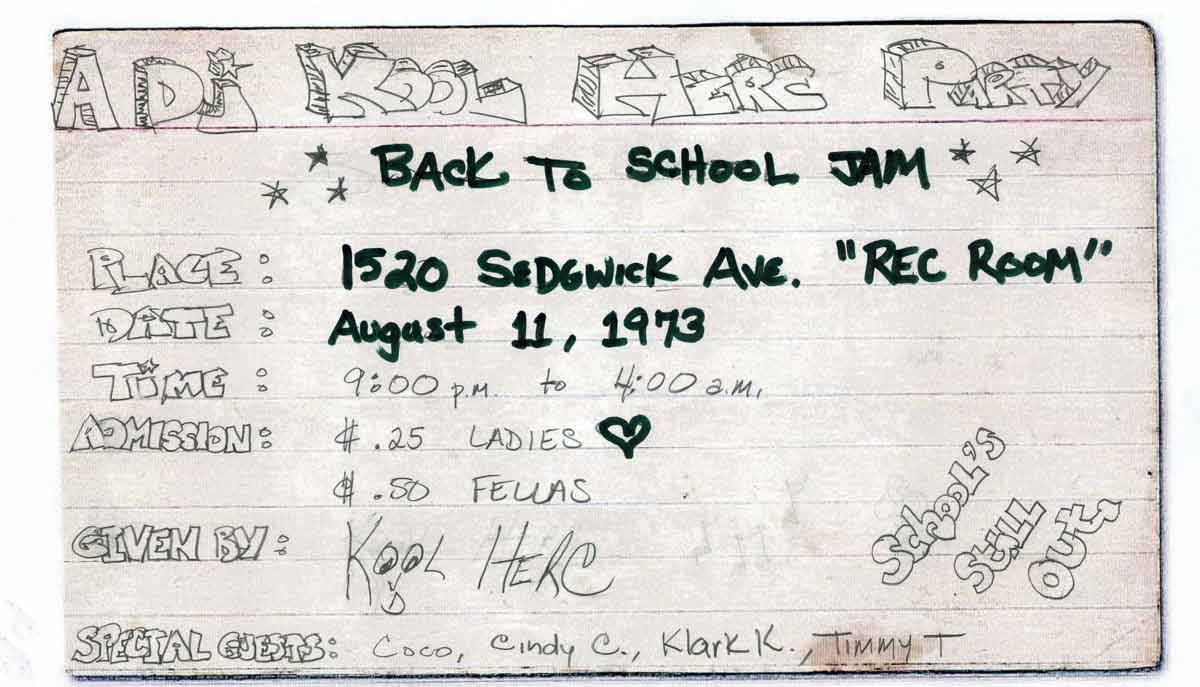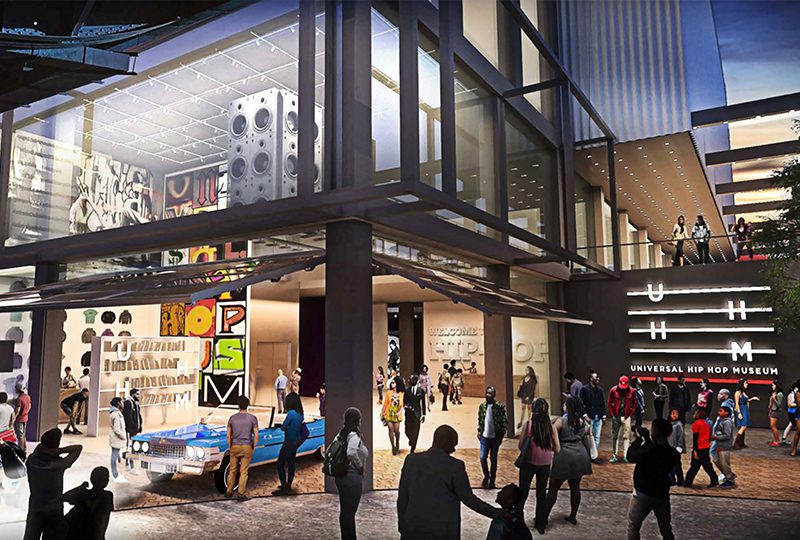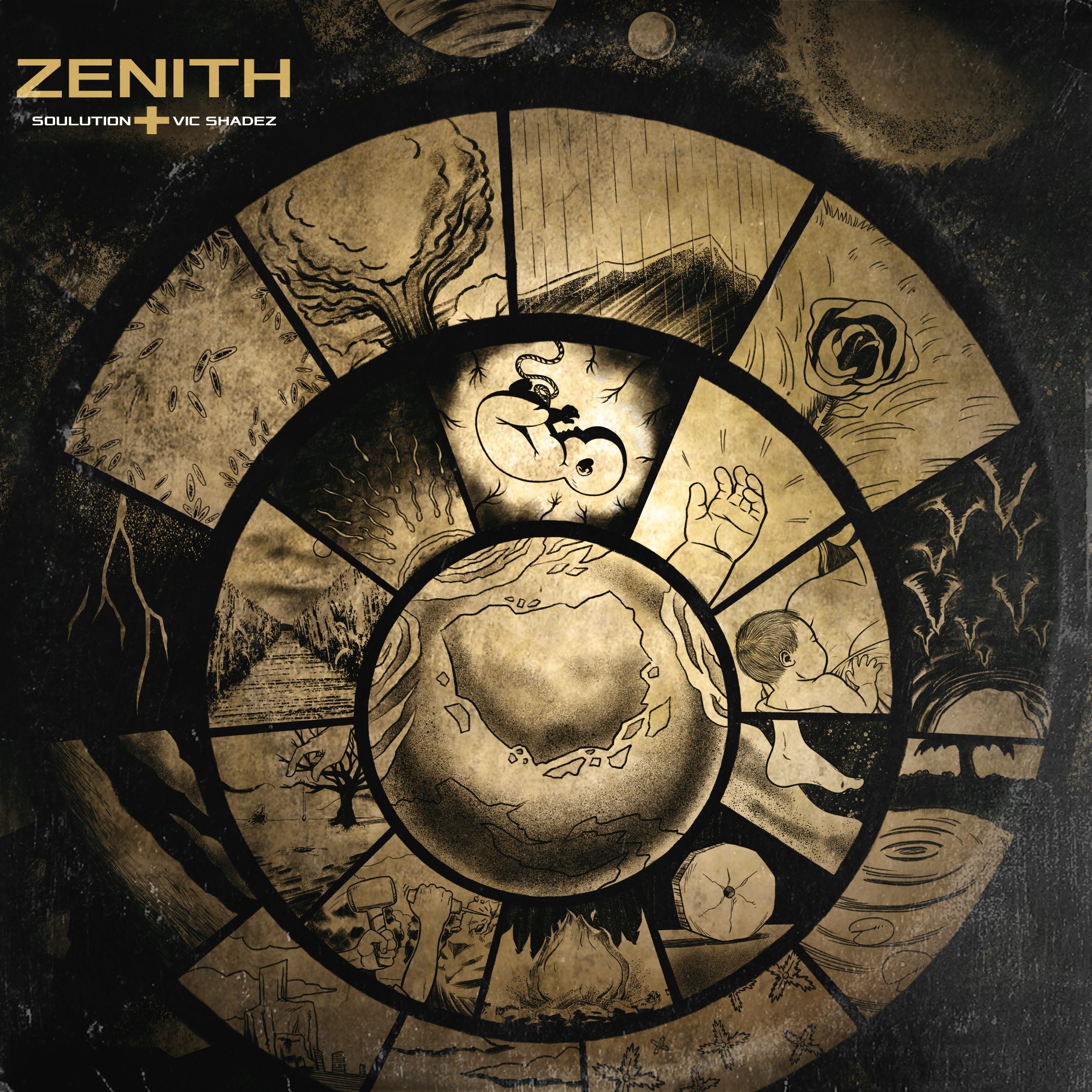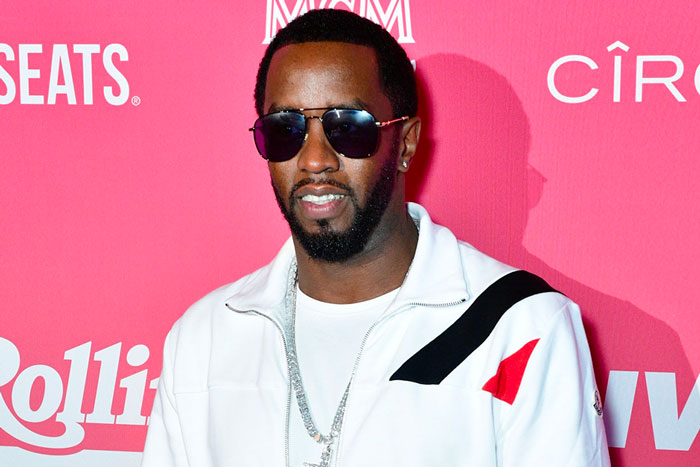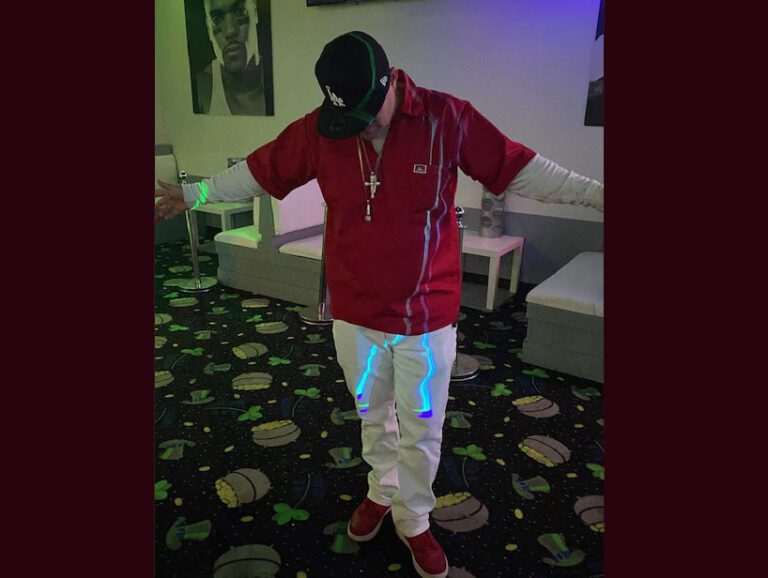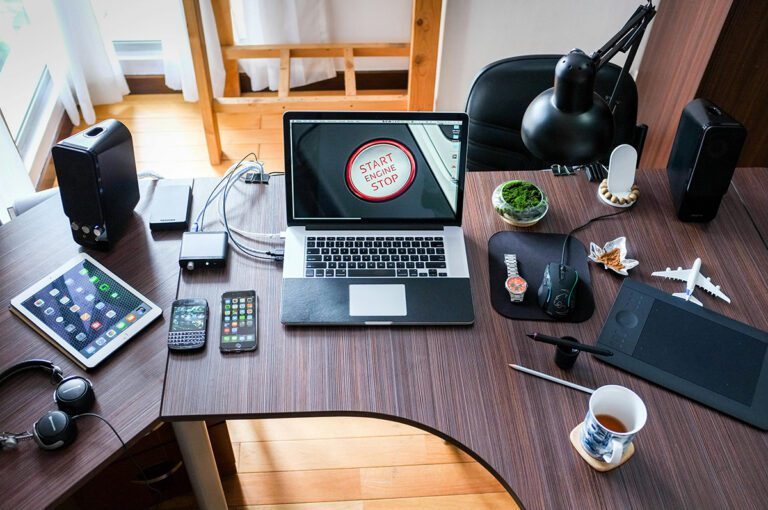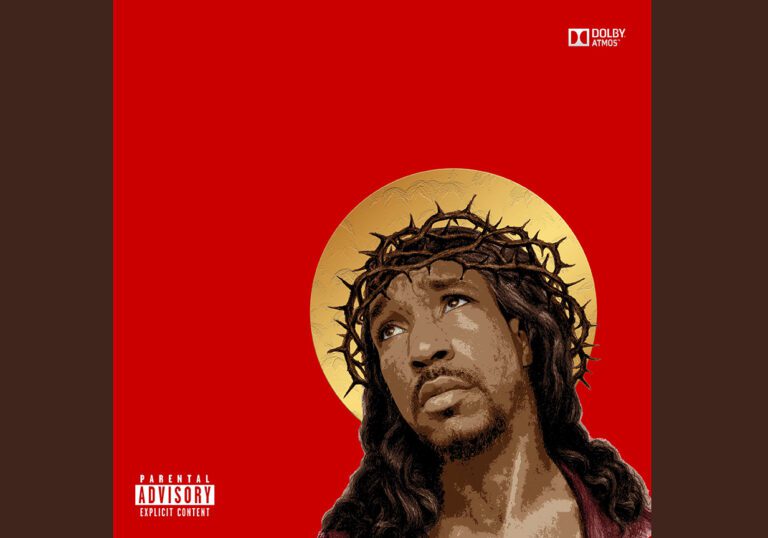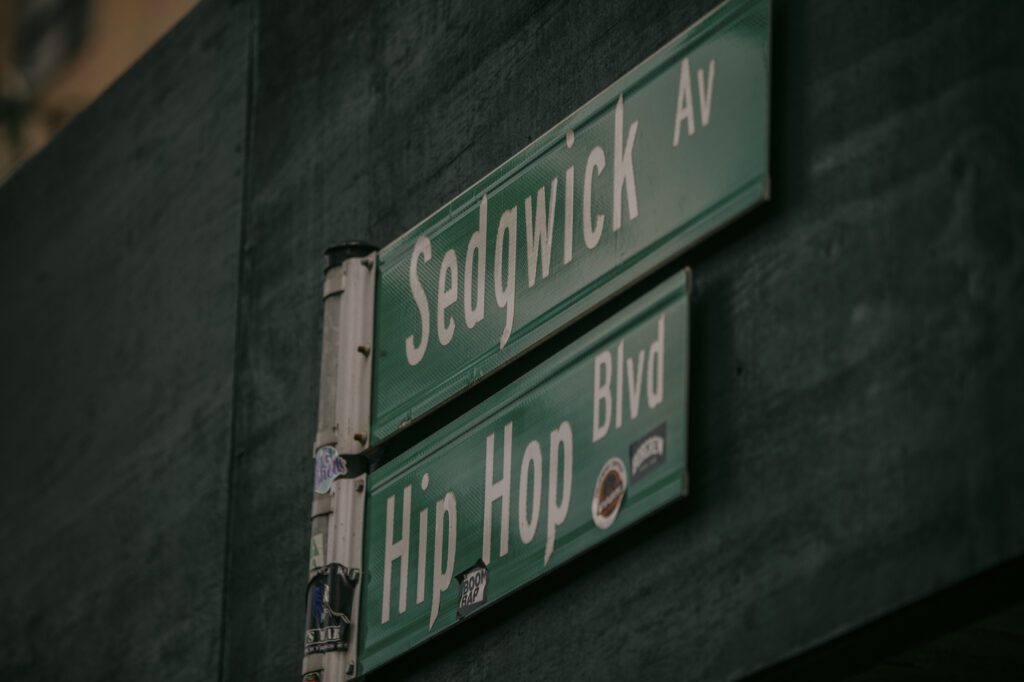
As the anniversary of the famous New York block party of 1973 see’s its 50th year, a sign that reads Hip Hop Blvd stands outside of the famous 1520 Sedgwick Avenue on a hot summer afternoon in The Bronx, New York, U.S., CREDIT: José A. Alvarado Jr. for NPR
In February 2016, a section of Sedgwick Avenue in the Bronx, New York, received a powerful new name: Hip Hop Boulevard. This renaming honored the unassuming apartment building at 1520 Sedgwick Avenue, widely recognized as the birthplace of hip-hop—a global cultural force that emerged from local ingenuity, rhythm, and resilience.
The story traces back to August 11, 1973, when a young Jamaican-born DJ named Clive Campbell, better known as DJ Kool Herc, hosted a back-to-school party in the building’s community room. Organized with his sister Cindy, the event wasn’t just a neighborhood get-together—it was a moment of revolution. Herc debuted a technique that would change music forever: using two turntables to isolate and extend the instrumental breaks of funk and soul records. He called it the “Merry-Go-Round,” and it became the heartbeat of a new genre.
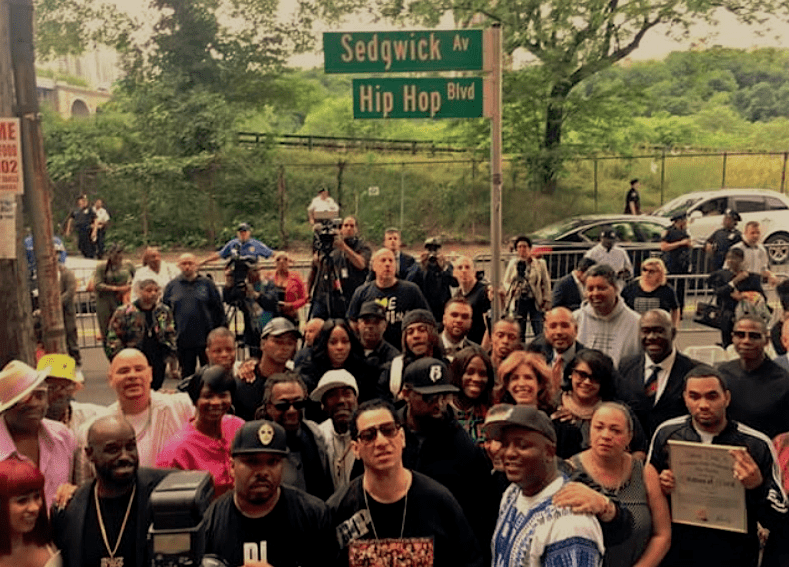
As Herc worked the turntables, young dancers responded to the extended breakbeats with acrobatic, improvised movements—what would later be called breakdancing. Friends took the mic to hype up the crowd, laying the groundwork for emceeing. The elements of a new culture—DJing, MCing, breakdancing, and graffiti—were all beginning to take shape in that dimly lit community room in the Bronx.
More than four decades later, the renaming of part of Sedgwick Avenue to Hip Hop Boulevard was not just a ceremonial act. It was a public acknowledgment of the Bronx’s deep, foundational role in creating a genre that gave voice to the voiceless and reshaped global culture. Spearheaded by Bronx leaders and celebrated by hip-hop pioneers and community members, the event was a proud reclaiming of history.
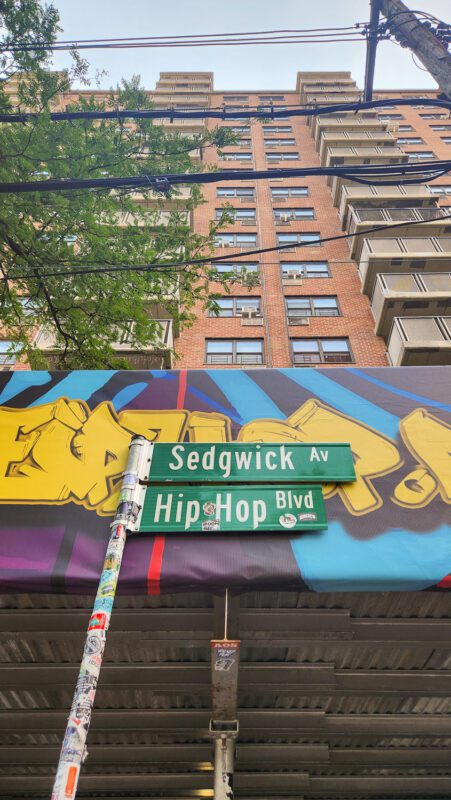
The new street sign is more than a geographic label—it’s a cultural landmark. For residents, artists, and tourists alike, Hip Hop Boulevard serves as a reminder that greatness can be born from struggle, and that a party in a modest Bronx building could spark a worldwide revolution.
Today, as hip-hop dominates charts, influences fashion and language, and continues to evolve, the significance of 1520 Sedgwick Avenue has only grown. Hip Hop Boulevard now stands as a living monument to the culture’s roots—an intersection of history, art, and community.

